The building above was the Sampoong mall in South Korea. We will discuss it in a moment. Before that, let’s talk about people, shall we?
People rightly associate psychopathy with lack of empathy, the inability to predict the consequences of their behavior, lack of remorse, ruthlessness, and a lack of consciousnesses. As I said, they rightly associate psychopathy with these things, and therefore when these things are seen in other people the thought process is that those are psychopathic traits.
The reason why these things and others that are on the psychopathy trait list are considered “psychopathic traits” is not because they only exist in psychopaths, it is because they innately exist in psychopaths and are present all the time. However, this does not mean that these traits are not commonly seen in people that are as neurotypical as can be.
The difference in these traits for me as a psychopath, as opposed to neurotypicals, is that there isn’t anything that I want so badly that I am overcome by the greed gremlin. Psychopaths have weak impulses that can override weak control mechanisms. I have spent my life ensuring that my impulses are not able to override the control mechanisms that I have built, and there is no consuming desire for anything in particular, so this is a workable strategy. Neurotypicals on the other hand, certainly not all of them, but far more than you might assume, can desire something so strongly that it becomes a single minded obsession, and greed is often the motivating factor for that single-mindedness.
People assuming that “neurotypical” means “without pathology”, or “good person” is one of the biggest examples of gaslighting of a population that I have ever seen. Neurotypical does not mean that a person is a good person, nor does it mean that they are not capable of some seriously messed up actions if they can benefit from them, of if they are so focused on something that they are unwilling to look at the larger picture.
Greed is one of the largest motivating factors for tossing aside expected social and moral norms. People do not manage greed well quite often.
It is the driving force behind relatives cleaning out everything that they can get their hands on in a deceased relative’s home before the body is even removed.
It is what prompted many people to stop paying rent during the covid lockdowns even if they were still working, and could afford to do so. There was an eviction moratorium, and a lot of people took full advantage of it, leaving their landlords without the money needed to pay the mortgage. So what if they lost the house? It’s not the tenants’ problem, is it?
It is what prompts someone to take life insurance out on a loved one, and then end their life.
It is what makes a person think that they are entitled to things that are not there.
Greed is an ever present aspect of life, and there is little way around dealing with it in others. I believe that the Sampoong shopping mall is an excellent example of what greed looks like, and how several individual decisions, some based on greed, and some based on a normalcy bias, causes several hundred people to lose their lives.
In this building, there had been a number of shortcuts that had been made that resulted in what would happen to it. If you look at every step individually you wouldn’t think that it would cause a collapse, but the accumulation of events resulted in tragedy.
The building was originally designed to be a four-story apartment or office block, but the building's owner decided that he wanted to make it a five-story retail space instead.
The construction company questioned the feasibility of this, so the owner fired them, and hired a firm that would build as he wanted.
Along with this change in the construction company, there was a change in the building's design as well. It was a slab construction building that lacked reinforcing beams, meaning concrete slabs are poured one on top of the other, with support columns maintaining the integrity of the building. In this change, columns were removed. The spacing of the columns are now with thirty-six foot spacing betweeen them.
Another change followed the reduction in the number of columns. This time the support columns were made slimmer to accommodate escalators, as well as a bookstore that was not in the original design of the building.
The fifth floor was originally meant to house a skating rink, but this was changed to a gallery of restaurants with all of the heavy equipment that restaurants require for their kitchens.
Putting in restaurants also required that there were hot water pipes throughout the floor for the radiant floor heating called Ondol. To accommodate this, there was four more inches of concrete thickness added, which placed an additional load on the concrete columns. The fifth floor columns were also not aligned properly for weight distribution of the slab design.
Adding to the load on the columns, three massive air conditioners were installed on the roof. Their combined weight was forty-five tonnes, four times above what the building was designed to handle. Almost as soon as they were turned on, residents in the area began to complain about their constant noise.
After twenty-two months of continuous complaints regarding the noise of the HVAC units, the decision was made to move them to the other side of the roof. Instead of hiring a crane and lifting them into place, the managers of the retail mall decided that it would be cheaper to roll/drag them across. This weakened the roof and caused it to sink, which caused the building's structure to deteriorate with something called “punching shear”. This is when the slab of concrete exceeds its own weight limit by forcing its support column to punch through the floor.
Cracks open on the roof and are made wider by the vibrations of the air conditioners. Column 5E, located directly beneath the air conditioners bears the brunt of this weight. It is directly above this column that the floor will give way.
On June 29th, 1995, due to the number and severity of cracks that are now present, some as large as four inches wide, the building managers order the air conditioners turned off, blocked customers from the fifth floor, and bring in structural engineers to sound the building.
It is deemed unsafe, and that total structural failure was imminent.
Company executives disagreed with the structural engineers, ordered the cracks on the fifth floor to be filled, and went about business as usual. It was an unusually busy day, and they didn’t want to miss out on the revenue to be made.
Company executives evacuate at this time.
Some employees heard rumors of collapse but did not evacuate.
5:50 PM. The sounds of cracking can be heard reverberating throughout the structure, and employees begin evacuation.
Within minutes, the air conditioners fall through the roof, beginning a cascading failure of one floor slamming into the next, and so on.
Within twenty seconds this is what remained:
Nearly five hundred people perished. Almost fifteen hundred were trapped for days waiting for rescue. For many, that rescue never came. The last survivor was pulled from this wreckage sixteen days after the collapse.
When the construction company balked at the building design change, if the owner had listened, instead of hiring another firm that went along without question, this wouldn’t have happened.
When the columns were removed and narrowed someone had spoken up, this wouldn’t have happened.
Had someone spoken up about the increased weight not being factored into the building’s design when the AC units were installed, when the restaurants went in, when the bookstore with all of the heavy books was decided upon, this wouldn’t have happened.
When the cracks formed on the roof, it was taken seriously, this wouldn’t have happened:
If when the cracks that were inches wide and pouring water were considered enough to remove all the people inside, instead of filling them and pretending nothing was wrong, this wouldn’t have happened.
If the executives had listened to the structural engineer, instead of being greedy, this wouldn’t have happened.
If the employees had acted to evacuate themselves and the customers when they heard the rumors that the building may collapse, this wouldn’t have happened.
It was also discovered in the investigation afterward that the concrete used was substandard.
In the aftermath, there were inspections of several of the buildings in Seoul. The result was that hundreds of buildings were on the verge of collapse. Only one in fifty was deemed safe. One out of seven needed ground-up rebuilds. Four out of five required major renovations. Where people will look the other way, a culture of getting away with as much as possible is fostered.
There were many unconnected things that, on their own, may not have seemed like a lot to the person that encountered them, but when you take a step back and can see how all of these decisions factored into this total structural failure of a building full of people, you can see that individual choices have a large impact on sometimes catastrophic outcomes. Some of them, ass I mentioned, are due to normalcy bias, which is something that I will discuss in more detail in an upcoming post, but a great deal of these things were decided based on greed.
What this collapse taught South Korea is that there was a deep vein of corruption that was plaguing the real estate development market. When it came to this particular building, Joon Lee, the chairman of Sampoong, and his son Han-Sang Lee were both convicted of negligence and were given prison sentences, ten years, and seven years respectively. However, there were numerous city officials, twelve in total, that had taken bribes of up to seventeen thousand dollars to look the other way when it came to safety standards for buildings. They signed off on building design changes without any concern for whether theses changes met safety standards.
Did any of these people think for a second that the building would collapse? Likely not when it came to the city officials, but the executives knew that it would, and this collapse was imminent. They decided that profit was worth the risk. Think about this for a moment.
Was it that they thought that they could get through the day, close the mall, and they it would collapse later that night when no one was inside? If that were the case, there was no concern for people that may be walking down the street. Was there a night security crew? Would they have been warned had the building held off on total destruction until after closing? Or, were they acceptable losses for the Sampoong group?
Keep in mind also, that they ordered the cracks on the fifth floor to be filled. This would have provided no structural support, and in fact was just adding more weight to an already severely compromised building, all to provide the appearance that it was safe, all the while knowing that it was not. You might argue that they disagreed with the structural engineers, but for that to be the case, they would have to ignore the sagging roof, and the punching sheer already present. Also, the cracks on the roof, the water that was pouring from ruptured pipes, and the groaning that the building had to have been making.
They decided to roll the dice, but also leave the building for their own safety. As a psychopath, because logic sort of hangs around me all the time forbidding any sort of cognitive dissonance to outweigh it, I would have difficulty understanding this decision. Sure, they might make a killing that day in sales, but how much are they going to pay out when this thing collapses? Also, they have been warned, on the record, that collapse was imminent. Did they really think that wouldn’t come back to bite them when the inevitable occurred?
No amount of money is worth prison to me, and there is no way that I would not be aware that the series of events that have already unfolded are ones that are going to cause me problems if I decide that I want to ignore the advice given by experts.
Greed is the root of many ill-fated decisions. It seems to me that greed tells a person lies. That more will make them happy, but the fact is, if you are already unhappy, material things, money, notoriety, or recognition is going to change that. That is a fundamental issue that you will have to deal with before you will be happy with what you already have.
How much could these people possibly earned with a day of good sales? Enough to cover what they ultimately lost when they didn’t listen to logic? Definitely not. Complacency, believing that it could never happen to them, and outright greed to just eek out one more day of money before the building was condemned resulted in one of the worst building disasters in history.
Of course, this is an extreme example, but greed is everywhere, and when a person feels entitled to anything and everything, nothing good follows.
1995: Sampoong Department Store Collapse
Death and Calamity: The Sampoong Department Store Collapse Explained
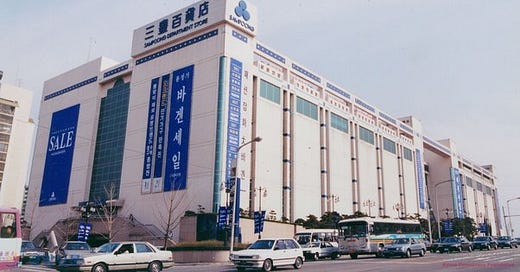



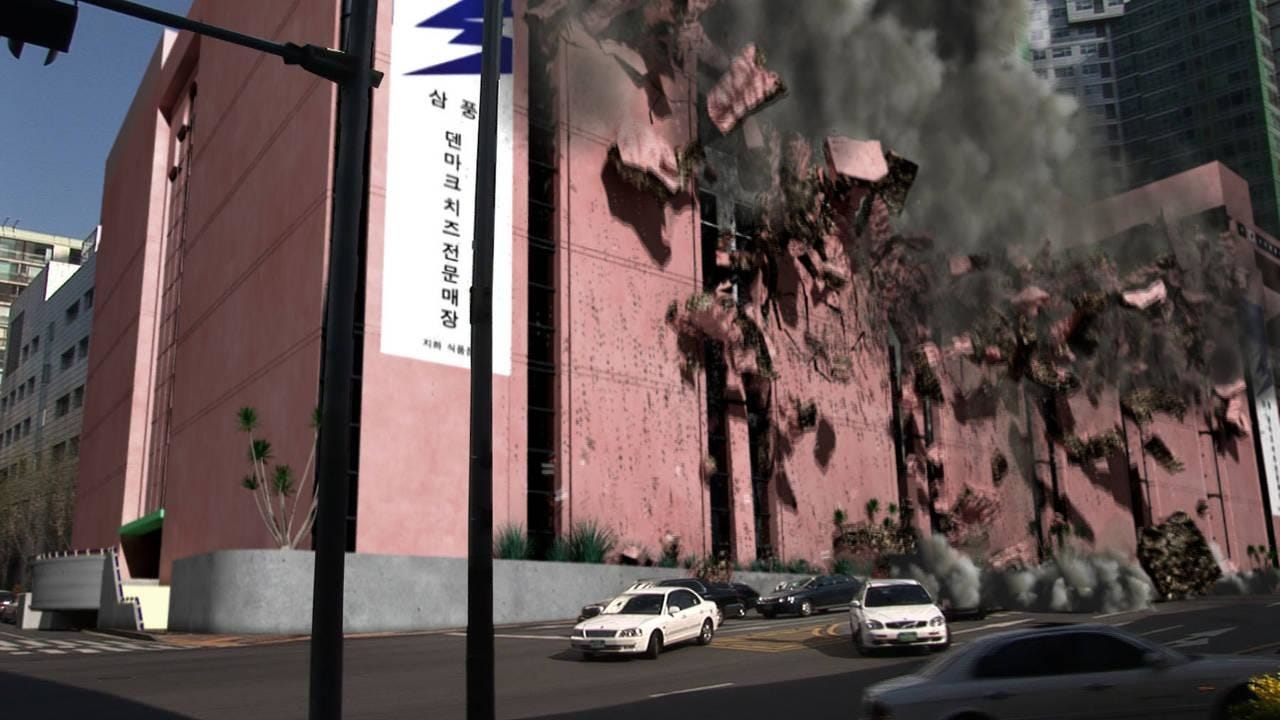
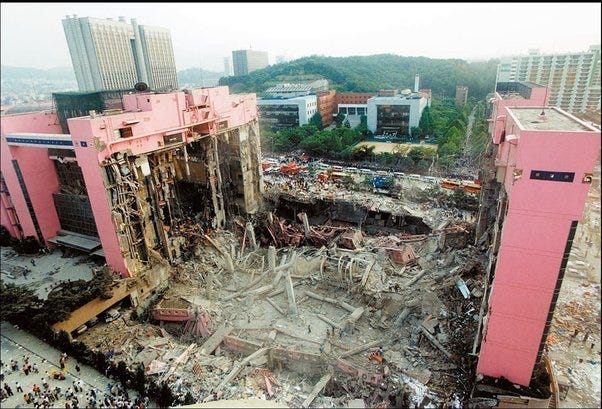
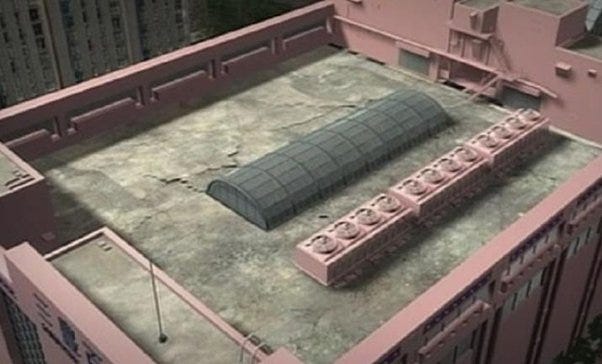
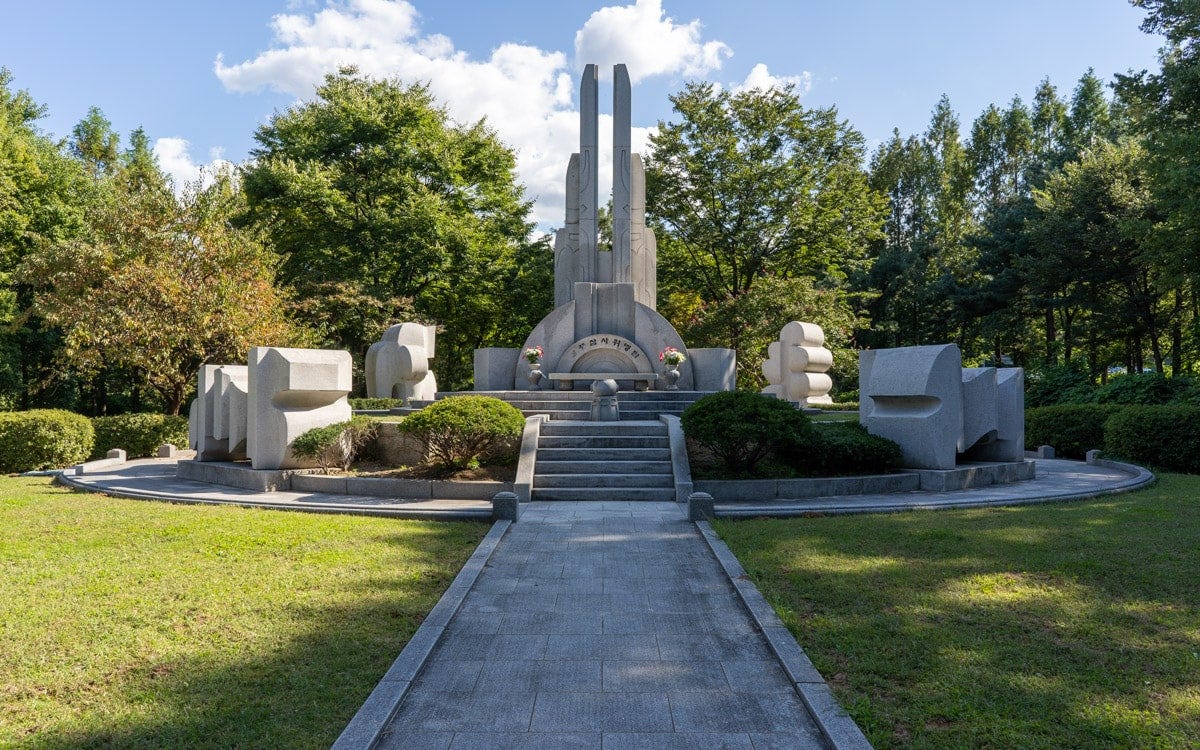
For those of you who like "sauce" al a reddit, this article (in korean, but the Google Translate seems to be doing a good job) will give the context for this story.
https://unreadbook.com/gangnam-coegoyi-cohohwa-baeghwajeom-geu-ireumeun-sampungbaeghwajeom/
Opa Gangnam Style!
Also, in Wikipedia, it looks like the owners came to their senses, and gave their entire fortune to the victims, including the construction of a monument remembering the disaster.
Well, as someone already said "I am always surprised how many people avoid listening to experts just to save money." this was terrible accident but i can't say that im suprised, because things like this happen very often everywhere. But yeah, this was great example and this thread did good job explaining human greed, but im sure we're all very familiar with this, and this can also be very annoying because their job would be much more profitable if they invisted some money to fix the problem. Anyways, it was interesting to read, good job.